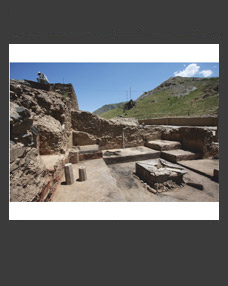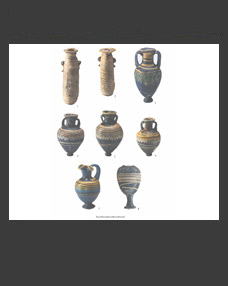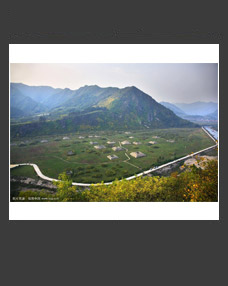Kerkko Nordqvist 1,2*, Aivar Kriiska 3**
1University of Oulu, Finland
2University of Helsinki, Finland
3University of Tartu, Estonia
E-mail: * kerkko.nordqvist@gmail.сom
** aivar.kriiska@ut.ee
Keywords: Neolithic, North-Eastern Europe, history of research, ontology, social and symbolic networks.
The definition of the concept “Neolithic Age” is complicated by the existing vast historiography with multiple varying characteristics and descriptions. The discrepancy caused by the incompatibility of
the West European Neolithic defined by the producing economy and identification of the Neolithic of Eastern Europe based on the presence of pottery is well traced in the Northeast of Europe, the territory in the focus of this article. The paper starts with introducing the history of this term in Finland, Estonia and in the North-West of Russia. This is followed by discussion of some aspects of the Neolithic that were largely neglected earlier: the mutual and active nature of material culture and the development of social and symbolic networks. The ultimate aim is to present the results of the authors’ analysis of the concept “Neolithic” at the present stage. The conclusion is made that the Neolithic can be considered only as a kind of “metaconcept” – a heuristic term that gives only a very approximate reference of the time period and (cultural) context, the actual time frame and content for which should be determined separately for each case. Besides, the paper emphasizes that in addition to the long-standing technical, economic and environmental determinism, socio-cultural and cognitive aspects are of key importance for characterizing the entire spectrum and the variability of the Neolithic transformations.
DOI: 10.7868/S0869606318020125







